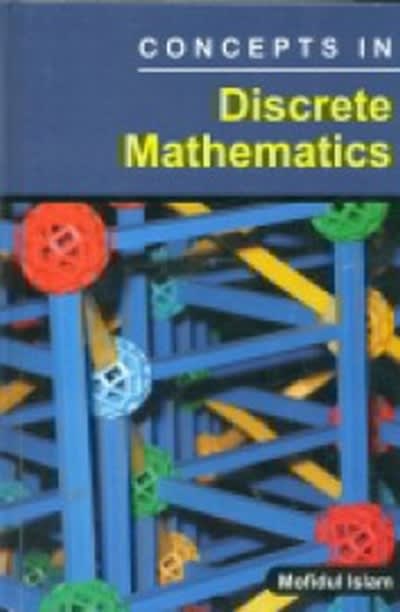
(b) What is the fuzzy membership of John being tall and smart? Note that fuzzy AND operation is the minimum selection. (c) If we interpret "0.9" as "very" and "a bit lower than 0.9" as "quite", so the semantics for the above probability combination yields \"If Bob is very smart and Bob is very tall, then Bob is a quite tall, smart person." What is the semantics for the above fuzzy combination? (d) In the example of fuzzy membership of Young in Lecture 13, calculate the membership when someone reaches the age of 50. Note that when the age is 20, the membership is 1, and when the age is 23, the membership is 0.9. 4.3 (Refer to Lecture 11) (20 points) (a) Consider the two training sets, each consisting of two patterns: Class 1 contains [(1,0,0),(1,0,1)], and class 2 contains [(1,1,1),(1,1,0)]. Derive the decision function d(X) using the Perceptron learning networks with C21 and W(l):0. 4.4 (20 points) Referring to read material HW4R, embed the watermark (njit_logo.jpg (200 by260)) to the cover image (lena256.bmp (256 by 256)). First, downsample the color image "njitilogojpg" into a half; i.e., becoming the size of 100 by 130. Then, threshold it into a binary image as the watermark. Generate and display images in a subplot where each row of the subplot consists of (1) The watermarked image with the watermark on the most topleft rectangular area (100 by 130) of the cover image (256 by 256) using Bit X substitution. (2) Extract the watermark from Bit X of the watermarked image. (3) Perform a 3 by 3 averaging filter on the watermarked image. (4) Extract the watermark from the averaged watermarked image. Where X is [1, 3, 5, 7] respectively, so there are 16 images in the subplot, the MSB to LSB is assumed as 87654321. 4.5 (20 points) Show Matlab code and resulting images. (a) Read HW4R, the Watermarking in the Frequency Domain. For RGB color image processing, compute each channel individually. In Matlab, read Lin.j pg color image and apply DCT. Threshold the watermark njit_logo.jpg into binary and ten times of its strength, and then add it to the coefficient of transformed Lin image. Perform IDCT as the watermarked image. Then dewatermark this image by DCT it, subtracting the ten times of the watermark njit_logo.jpg, and IDCT. Compare the difference between the dewatermarked Lin image and the original Lin image. Show five images: (1) the original Lin image, (2) the watermarked Lin image, (3) the difference between watermarked and original images, (4) the de-watermarked image, and (5) the difference between the dewatermarked and original images. (b) Generate uniformly distributed pseudorandom numbers rand and multiplied by 100 to add the watermarked Lin image as the noisy watermarked image. De-watermark this image by DCT it, subtracting the ten times of the watermark njit,log0.jpg, and IDCT. Compare the difference between the noisy dewatermarked Lin image and the original Lin image. Show two images: (1) the image of noisy watermarked image and (2) the difference between the noisy








